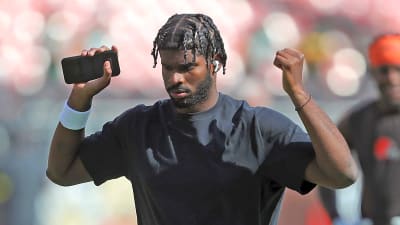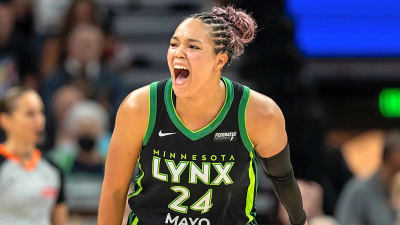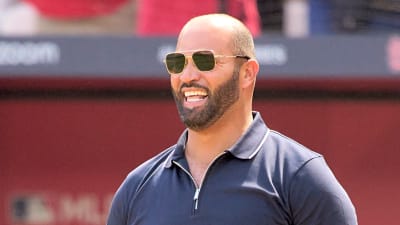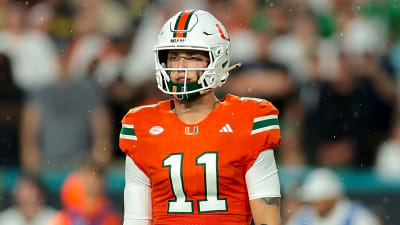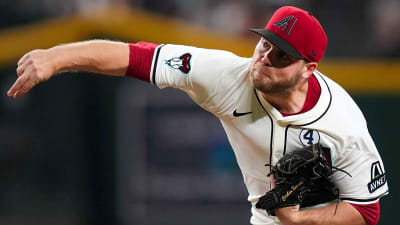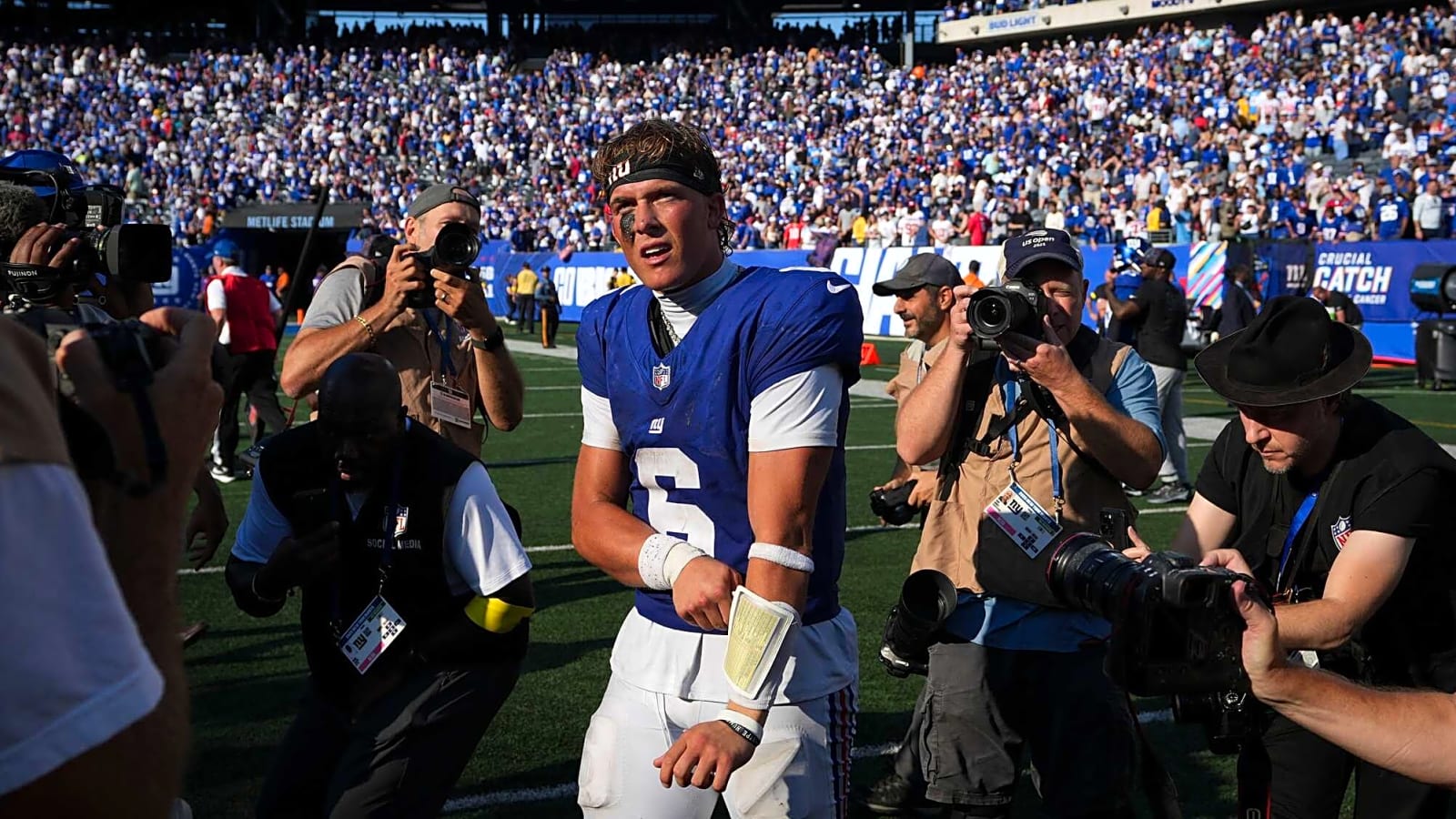
Quarterback Jaxson Dart’ s arrival in New York has been nothing short of eventful. The New York Giants‘ rookie QB introduces a life they have not seen behind center in a long time, with athleticism, aggressiveness, and the potential to do something when protection is not there. He has already earned admirers who write of a potential long-term franchise piece. But as thrilling as his style of play is, it has also turned some early doubts from within the league. Not everyone in the world of the NFL is convinced that Dart’s uninhibited, big-play offense can last the test of time. As The Athletic’s Mike Sando opined, one executive who makes such judgments provided a stark justification: “Teams have film on him.” “That’s how he played college ball, too,” the executive said. “And now, teams have film on him.” A warning about his style of play. Dart battled through his first start while visibly hampered by a strained hamstring suffered during the game. His stat line revealed alarming exposure to contact, seven designed runs, three scrambles, five sacks, two hits on incomplete passes, and one concussion evaluation triggered by spotters on a play wiped out by a penalty. Most concerning was Dart’s failure to protect himself on any of these plays, refusing to slide or step out of bounds except on his 15-yard touchdown run, where he went untouched. Playing through a hamstring injury while absorbing repeated hits demonstrates poor self-preservation instincts. The combination of a strained hamstring, potential concussion concerns, and willingness to absorb unnecessary contact creates a recipe for serious injury. While Dart’s toughness may earn respect, continuing this reckless style makes it unlikely he’ll stay healthy enough to complete the season, let alone develop into a long-term solution at quarterback. The numbers confirm that warning bell. Dart absorbed contact on 16 of 34 plays where such outcomes were possible – including designed runs, scrambles, sacks, and additional quarterback hits – resulting in a staggering 47.1% contact rate. This marks the second-highest figure for any Giants starting quarterback in the team’s last 419 games dating back to 2000. The nearly 50% contact rate represents an unsustainable pace that places Dart at extreme injury risk. No quarterback can maintain this level of physical punishment throughout a season. Combined with his existing hamstring strain and refusal to slide or step out of bounds, Dart is on a collision course with serious injury. Basically, nearly half the time Dart dropped back, he ran or was hit. That’s not just a trend, it’s a pattern defenses can attack. The danger of that trend was already visible. Dart was hit hard to his front side after failing to identify an exposed rusher. On a different play, a penalty negated a dazzling 39-yard scramble, but his motion of swinging his throwing hand like a club, essentially replicating a Deacon Jones head slap, was a moment that could have snapped his hand.
The Giants even deployed him on inside runs in short-yardage situations. For a rookie still getting accustomed to the speed of the NFL, that type of usage is troubling. But despite the bumps and bruises, Dart flashed moments of just why the Giants are so hopeful. His box score wasn’t impressive: 111 yards passing and one touchdown through the air, and 54 on the ground with a score, but the poise and the effectiveness were impressive. He avoided turning it over in ways that would hurt the team badly, advanced chains when the offense needed it, and displayed a calmness beyond his years. For 1-3, though, it was a step in the right direction, according to a staff member. Next week looms. A trip to New Orleans to face the Saints that offers New York a chance to get back to 2-3 and rescue their season. But it’s also a test: how quickly can Dart get this team beyond flash and into determination? Expectations, like defenses, will only cut sharper from here.
Brian Daboll mixed injury report on Jaxson Dart
Sunday’s joy came to an end with fresh concern about injury. Star wide receiver Malik Nabers tore his ACL, a season-ending injury, and a gaping hole in the Giants’ offense. Dart himself had some scares, having been briefly checked for concussion against the Chargers before complaining of hamstring stiffness. On Monday, head coach Brian Daboll tried to quiet fears with words. Speaking with reporters, Daboll said Dart was “doing good” and suggested his young quarterback will be back on the practice field by Wednesday. That’s good news, but the team isn’t going to rush him. Hamstring injuries have a way of lingering in a player long after they start as just tightness, and the Giants aren’t willing to risk a setback. Daboll, looking ahead for himself in New York, must balance urgency and conservatism. The Giants want Dart to keep developing, but they cannot risk having him injured in October. All expectations are that the rookie will be back on drills midweek, and the team will be watching his every step. If he were given a full load unexpectedly, it would be an indication that the hamstring scare was as minimal as the team wishes. For now, there is this message: Dart is battered up but very much in the running to lead the Giants against New Orleans. Hopes are that with slightly more prudent use of his skills and some extra protection in front of him, he can let go of his playmaking talent without risking harm to himself.More must-reads:
- One positive development from each NFL franchise
- Fantasy football Week 5: Bo Nix among five players who could flop
- The 'Active multiple 140-receiving-yard games' quiz
Breaking News
Trending News
Customize Your Newsletter
 +
+
Get the latest news and rumors, customized to your favorite sports and teams. Emailed daily. Always free!
